Review: Huawei Ascend
Nov 11, 2010, 2:24 PM by Philip Berne
The Huawei Ascend is the most affordable Android phone on the market, available without a contract on Cricket Wireless. Can it rise above its meager asking price?
Form
Is It Your Type?
Is It Your Type?
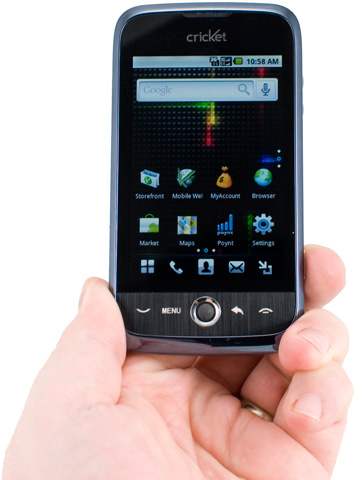
The Huawei Ascend is a terrific bargain on Cricket's lineup. It's a full-fledged Android smartphone, available without a contract, for about the same price you'd pay for a carrier-subsidized smartphone on one of the big four networks. Sure, it can't match a Droid in specs, but is it still a smart buy?
Body
The Huawei Ascend on Cricket reaches an odd mix of cheap and classy. Most of the phone is swathed in glossy, piano black plastic, with brushed metal accents up front and a sanded steel band around the sides. It's like an old school magician in a tuxedo. From a short distance, the phone looks slick and polished, assuming you've wiped your fingerprints off that glossy shell. Hold it in your hand, however, and the illusion starts to fade. The plastic feels a bit cheap. The buttons up front, all hidden beneath a continuous strip of brushed metal, are a bit too hard to press, and have a sharp click to them.
The phone is fairly thick, and the back bulges a bit, making it feel even bigger. It's still quite comfortable in the hand, but this isn't a svelte Samsung Galaxy S phone. Still, it was easy to slip into the pocket of a pair of comfortable pants, and it's not a heavy phone, so the weight didn't drag me down.
Up front, the Huawei Ascend uses a unique button layout, among Android devices. The phone has real Send and End keys, a luxury on today's touchscreen phones. That End key can be programmed to act as a Home key as well, when you're not in a call, or it can put the phone to sleep. There is also a Menu key and a Back key on both sides of the Ascend's trackball. The phone lacks the familiar Search key you'll find on most Android phones, but I didn't mind the trade-off.
On the left side of the phone you'll find the power / screen lock button. It raises to a small hump, but it's still not as easy to find as the volume rocker or the camera button, which are both on the right side of the phone. There is also a microSD card slot on the left, covered with a flimsy port cover. I'd give that cover a month before it breaks off (or I tear it off, either way).
Up top, there's another port cover, also flimsy, covering the microUSB port and the headphone port. That's a 2.5mm headphone port, so your standard issue earbuds will not work with this device. That's a real pain if you wanted to listen to music on this phone.
The Three S's
Screen
The Huawei Ascend uses a 3.5-inch display running 480 x 320 pixels. Considering the low resolution for a screen this size, I think the Ascend's display did a fine job handling the Android interface. Icons looked blocky and text could be jagged, sure, but the screen is plenty bright and colorful. There is no automatic brightness, but I didn't need to crank the screen up to its brightest level, at least not indoors. Outside, it was very difficult to read the Ascend's screen, and nearly impossible to take pictures with the viewfinder. Still, it isn't the worst display I've seen on an Android phone by far, and that's enough faint praise for this inexpensive device.
Sound
Call quality on the Huawei Ascend was pretty good. I didn't hear any significant audio problems during my test calls, and my callers heard me loud and clear. The earpiece volume could be a bit louder, but it was fine to use in a crowded shop or while driving down the highway. The speaker was loud, but not as abusively loud as I prefer. The speakerphone could not come close to the volume of the ringtones, however, and calls made over the speaker were difficult to hear with any background noise.
Signal
Though Cricket only sells phones in certain areas, the carrier does have roaming agreements that guarantee a 3G network signal from coast to coast. Here in North Texas, Cricket won't sell me a new phone, but I had no problem connecting calls or using the data network. All of my calls went through just fine. Data was sluggish, but it was consistent. It crawled along happily without stopping.
Battery
Battery life on the Huawei Ascend was not bad. The phone easily lasted through a full day of testing with Wi-Fi enabled the whole time. I did not use GPS much for navigation, but I did use the camera often and the screen was always set to a high brightness. You'll definitely need to charge the Ascend every night, but you could probably leave your charger at home and make it through a work day with no trouble.
Touch
Touch sensitivity was a problem on the Huawei Ascend, though again it isn't the worst Android phone I've touched. Swiping motions actually worked fine, so it was easy to navigate the phone's homescreen panels and interface. But fine-tuned tapping was very difficult. This caused significant problems on the keyboard. Huawei wisely chose Swype to handle keyboard duties. When I swiped my finger from letter to letter to spell a word, the phone had no trouble. But when I had to type a word that was not in Swype's dictionary, the phone often missed letters or caused typos, due to poor touch sensitivity. Strangely, a few times I could swear I saw one letter light up under my tap, but then an adjacent letter would appear on screen. This probably means the phone registered the tap as I was lifting my finger, which is an annoying problem to deal with.
The Huawei Ascend also lacks multi-touch capabilities. Multi-touch isn't a necessity on Android, but it makes a lot of apps better. To zoom in the Web browser or the image gallery, you have to use the onscreen zoom buttons, instead of being able to pinch the screen.
Basics
Menus
Huawei hasn't overlaid its own interface on top of Android so much as the company has tweaked the existing Android 2.1 design. Sometimes this is for the better, and sometimes it's just weird. A stock Android phone offers homescreen panels, and you swipe left or right to see the full lineup of available screens. On the Ascend, you actually get a 3 by 3 grid. So, there are nine homescreens, and in addition to swiping left and right, you can swipe up and down, while the notification shade at the top and the buttons and the bottom remain in place. That might seem like a little much, but it does offer plenty of screen real estate to organize all of the icons and widgets you want. Huawei also includes a button near the bottom of the screen that zooms out and shows you all nine panels at once, so you can jump quickly from one to the next. You can even scroll diagonally, but it's harder to pull off. The phone also makes it tough to scroll between panels with large widgets on screen. You have to aim for an empty spot so the phone won't think you're tapping the widget instead.
At the bottom of the display, there's a row of buttons that persists no matter which panel you're viewing. There's that zoom out button on the far right, and an application drawer button on the far left. In between you'll find a phone button that opens the dialer (the Send key jumps to the call log), an address book button and a messaging button that opens up the SMS text messaging app.
The Menu key on the phone brings up the standard Android menu, with Huawei's Themes option added. There are only three themes on the device, a default, an entertainment theme and a work theme. To some extent, these themes will remember your settings and hold onto them, so you can jump from one to another depending on how your day is going. Wallpapers did not stick, so you either have to appreciate the wallpaper Huawei chose for that theme or change it every time. But apps and widgets that you drop onto one of the nine panels will stay there if you change from work to entertainment, then change back again.
Huawei has also changed some of the menus and built-in apps. The settings menu is nearly identical to a stock Android phone, except for one crucial change. Instead of white text on a black background, it's black text, white background. I definitely prefer Huawei's look, and it was easier to read outside, where black screens can disappear under a harsh glare. The phone app, contact list and SMS apps all get the Huawei design touch. These changes are a bit more dramatic looking, but all the same functions and features are there. In each case, I preferred Huawei's clean, updated look to the stock Android design. It's all very well done.
The best thing about Huawei's interface design is that it made the phone more usable. Often I wonder if a manufacturer has tweaked the interface just to be distinguish themselves from the pack, not to improve the design. In the case of the Ascend, I like most of Huawei's designs better than the standard Android look.
Calls / Contacts
To start a call on the Huawei Ascend, you have plenty of options. Tap the phone icon on screen for the dialer; or press the Send button to jump to the call log; or hit the contact button for your address book, and start a call from a contact listing. You can also place direct dial shortcuts on the vast homescreen panels.
For the most part, making calls with the Ascend is the same as on every other stock Android phone. The Ascend does not have a proximity sensor, so the in-call screen does not leave any buttons exposed for your face to press accidentally. You have to hit the menu key to find the speakerphone, Bluetooth or 3-way calling options, but this wasn't much trouble. Also, no need for an onscreen End Call options, since the Ascend uses a real End button. Boy, do I miss the Send and End buttons on my other, everyday phones.
The phone app gets a unique look on the Huawei Ascend. The features are all the same, but instead of just having tabs up top for the dialer, the call log, contact list and favorites, the Ascend uses a sliding mechanism as well, which leaves extra room for a Groups option. This was not a very useful design change, it just added an extra slide motion to an already simple design.
The Ascend uses a basic-looking contact list, similar to other Androids. Under every contact name, the Ascend provides that person's primary contact info. So, if you list a mobile number first for a contact, you get “Mobile: 917-555-1212-” listed under their name. I'm not sure why this would be useful. The whole point of a contact list is to let me pick a name and a picture, and not have to worry about the associated number. Even worse, email addresses that are described as “primary” on other phones are shown as “Other” on the Ascend, so many contacts, especially social networking friends who don't list their numbers, will show up with “Other: steve@apple.com”. I found this oddly annoying.
The individual contact entries are divided into two tabs. One is the familiar contact card with email addresses, phone numbers and the like. The other is a “History” tab. This lists all of your calling and text messaging history with that contact. It might have been nice to see some more social integration into the contact list. The Ascend does not come with Twitter or Facebook preloaded, so you'll have to download those apps from the App Market if you want to sync contacts with your social circles.
Messaging
The Huawei Ascend comes with the standard set of messaging options. Text messaging is threaded, so you can see both sides of the conversation in a friendly format reminiscent of an instant message chat. Speaking of IM, the Ascend only has support for Google Talk preloaded, you'll have to find a third-party app if you want more IM services on this phone. Email is split into an Email app for IMAP and POP accounts, and a Gmail app which offers more features and a better interface, only for Gmail users.
There are no other special messaging features on this phone, not even a custom widget from Huawei to let you read your emails from the homescreen panels.
Extras
Music
The music player on the Huawei Ascend is the stock Android music player. Playback controls are fairly basic, and the player lacks advanced features like equalizer settings. But there are great search options from the player to find more music on YouTube or to search the Internet for more information about your favorite artists. Huawei does provide a nice looking music widget to control the player from the homescreen.
The Ascend uses a 2.5mm headphone port. A 2.5mm port always evokes a “what were they thinking?” response from me. Huawei does include a set of earbuds that fit the port, with an inline microphone, but I'd rather skip the hard, plastic buds and go for a port that will fit my own favorite headphones, thank you.
There is no music store on the Ascend. The Amazon MP3 store is not preloaded on this phone, though you can find it in the Android App Market, and there is no music download service from Cricket. There is a download store for ringtones, but nothing for full-length tracks.
Camera
Camera
The camera on the Huawei Ascend could be sluggish to spring into action. It usually took five seconds or more to offer a live viewfinder. Also, every time the camera started up, even after simply reviewing a photo I just shot, it gave me a message that said “Now Use SD Card.” Is that a request? Photos were saved to the included 2GB microSD card, nonetheless.
The camera app is very basic, and poorly designed. The app has a large border around the edges, which limits the screen real estate for the live viewfinder. A pull-out drawer of options on the right offers a minimal selection of image tweaks. You can adjust white balance or add a basic color filter (sepia, black and white, etc.), but there are no helpful shooting modes or advanced photo features, like panorama stitching. The camera does not even have auto focus.
Image Gallery
The image gallery is a basic picture viewing app, with no frills or effects like you'll find on newer Android systems. You can view photos as a thumbnail grid, or individually. You can swipe from one photo to the next, but don't expect any transition animation. Also, as I mentioned earlier, there is no pinch-to-zoom gesture, so zooming is handled by the onscreen buttons. It wasn't hard to quickly zoom into close to check out fine details.
From the gallery, you get all the basic Android sharing options. You can send messages via email or picture message, or upload pics to online services like Photobucket or Picasa. New apps can add new upload capabilities to the phone, as well, so if you have a favorite service that isn't listed, there is surely an app that can help. You can also send image files to a PC using Bluetooth.
To edit photos, the gallery offers tools to let you crop or rotate your pics, but that's all. There are no advanced editing options on the phone.
Image Quality
Photos
Images from the 3-megapixel camera on the Huawei Ascend were atrocious. They were among the worst I've ever seen from a device that I would call a smartphone. It looked like the camera ate a handful of Skittles and then threw up on each picture, they were so speckled with color noise. Even outdoors on a bright, sunny day, my pictures were extremely fuzzy and spotty with rampant colors. Indoors, things fell apart completely. The camera has no flash, so pictures taken in even a slightly dim space (like the picture of my dog below) look like they were shot in the dark. These pictures might be suitable for picture messaging, if your recipients promise not to view them full screen. For any other use, I would be embarrassed to share these shots.
Video
After seeing the still images it was no surprise that the video camera also did a poor job. Videos looked like home movies from the 1960s. Details disappeared into colorful blobs, and the camera could not adapt quickly to changes in lighting conditions.
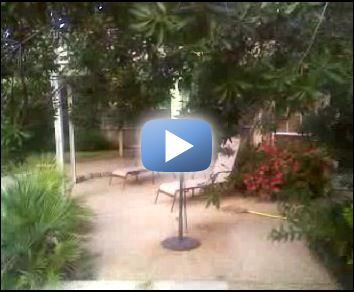
3GPP / MPEG-4 format (viewable with QuickTime)
Browse / Customize
Browse
The Ascend uses the stock Android browser, which is a fine tool for Web browsing. Our own homepage was rendered perfectly on the phone. The lack of pinch zooming barely bothered me, because you can also double tap on a section on the page, and the phone will zoom in and reflow the text to fit the window space. The phone was nice and responsive when navigating pages, too. I could flick my way through long sites quickly and smoothly.
My only complaint concerns the strange keyboard problems I found on the phone. Because Swype does not work as well for Web addresses, which are usually not everyday words, I had to type letters individually, and the Ascend has a real problem with this task. Quite often I would see a letter light up on the keyboard, then a different letter would appear in the address bar. This made for slow address entry, with plenty of mistakes to correct.
Customize
With its nine panel homescreen, the Ascend offers more space to customize and drop your widgets and shortcuts than most Android devices. Huawei offers its own selection of widgets, and though most of these duplicate the functions of the stock Android widgets also on board, they did tend to look better and offer a bit more control, especially for the music player.
The phone does work with Live Wallpaper, but the image stays fixed in place on screen while the rest of the objects move about. For normal wallpapers, the image spreads across all the panels, so the background view changes slightly when you move from one panel up to the next.
If you hate the Swype keyboard, you can switch to the stock Android keyboard, though this layout also had the same touch issues that I found with Swype. Finally, there are the three themes that you can customize, but as I mentioned, they had an annoying habit of reverting to their default wallpaper when I switched between them. But for selecting apps and widgets that work well for Work or fun (Entertainment), it was convenient to have an easily switchable option on board.
Extras
Bluetooth
Bluetooth devices paired easily with the Huawei Ascend. Reception wasn't great with my Bluetooth headset. It would often cut out, especially when I shifted the phone around from pocket to pocket. Pairing with my stereo Bluetooth speakers worked better, but I still lost some music as the reception faded. The phone transferred image files from the gallery to my laptop with no trouble.
Clock
The lock screen on the Ascend offers a nice, big digital clock, but the screen can be slow to light up sometimes, often requiring a few presses of the screen lock button. Only certain buttons will wake the screen, including the Menu, Back and lock buttons, but not the Send and End keys, which seems counter-intuitive. Huawei offers plenty of clock widget options, including a weather clock, that you can add to the homescreen panels.
GPS
GPS navigation worked very well on the Huawei Ascend. The phone uses Google Maps for turn-by-turn directions and location-based searching. Map graphics could take a long time to load, but this was more of a problem for basic place searching. I had no such trouble using the navigation feature, and the phone always kept up with my progress and quickly suggested new routes when I traveled off course.
The phone also comes with Poynt, a location-based search tool in the vein of Sherpa. It's a nice looking app with a carousel menu, and it did a nice job finding local restaurants, gas stations, movie theaters and the like. Once you've found a spot using Poynt, you can get directions from Google Maps and navigate to the location.
Extra Software
In addition to the Android App Market, Cricket offers its own app store. There are ringtones and ringbacks. There's a section for “Applications,” but these are all simple mobile games from Gameloft, Glu and Capcom. Nothing really special here. The phone also comes preloaded with a number of game demos that can never be removed from the device. So, if you're not a fan of Midnight Bowling 2 or Uno, you'll still have to look at it for the duration of your time with the Ascend.
The phone comes with Cricket's MyBackup software for backing up your contact information. This wasn't necessary for me, since I use accounts that synchronize automatically. But if you don't want to use a Google account for contacts, you still have a backup option from Cricket.
Video Tour
Wrap-Up
The Cricket Ascend is a decent smartphone, but when you figure in the low price of $130 at print time with no contract required, it's even more impressive. It was a nice phone to use, and even though some features fell flat, the phone overall was a capable and (almost) full featured Android device.
The camera is lousy, and touch response on the screen can cause problems, especially while typing. But most features that Huawei skimped on, like a proximity sensor or multitouch, didn't cause any real problems. Even better, some of the interface enhancements, like the nine panel homescreen grid or the improved theme in the settings menus, were actually a nice touch for any Android device, let alone the most affordable Android on the market.
Don't expect too much out of the box. Messaging features and music playback are mostly stock Android, but that's not bad, and the phone has the full power of the Android App Market behind it to fill in the gaps in instant messaging, social networking and so on.
Best of all, in some key ways, like call quality and the overall look and feel of the device, the Huawei Ascend doesn't feel cheap. If you're a Cricket fan, or a contract hater, looking for a real smartphone at a reasonable price, the Huawei Ascend is an easy phone to recommend.
Comments
No messages


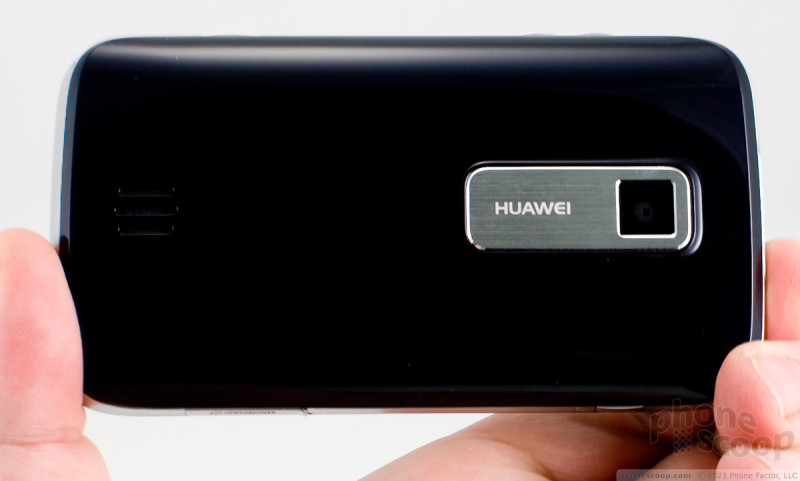












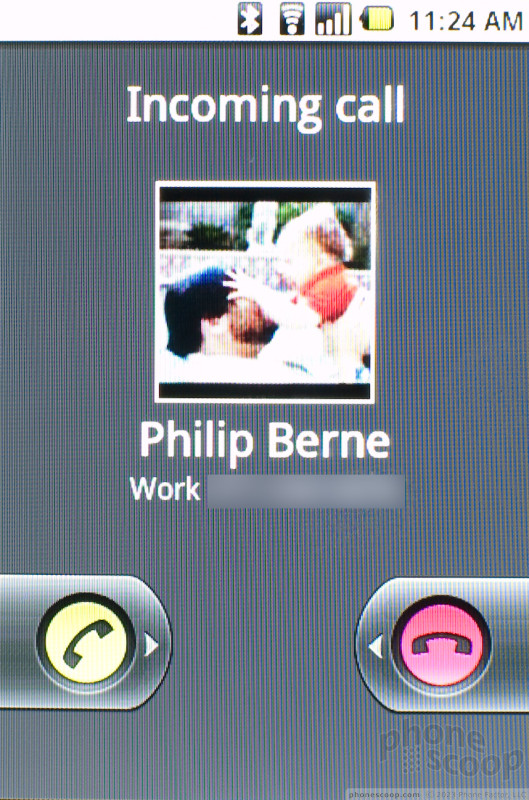





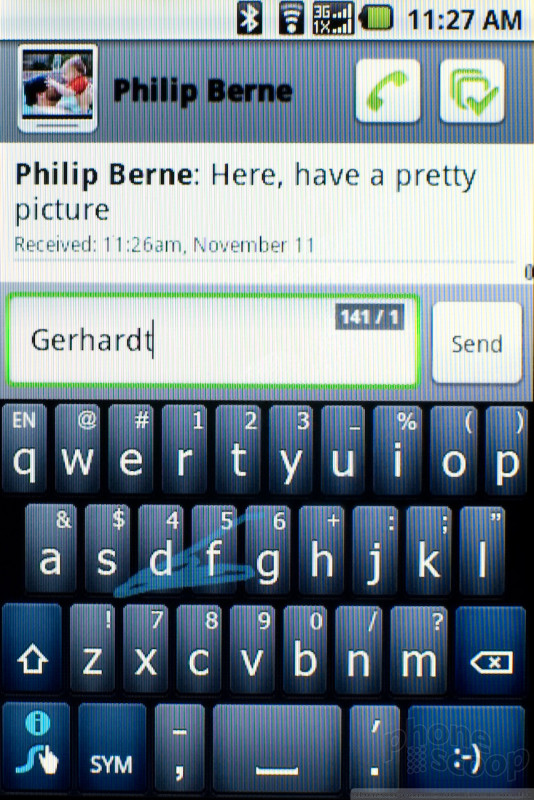






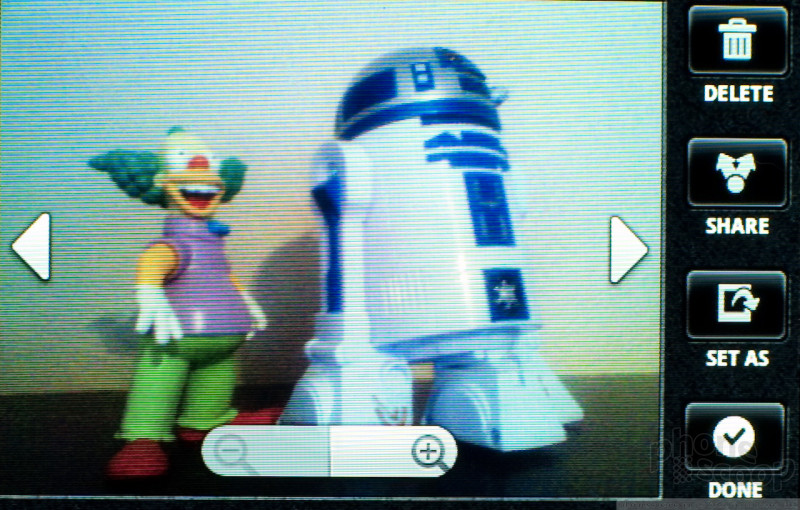








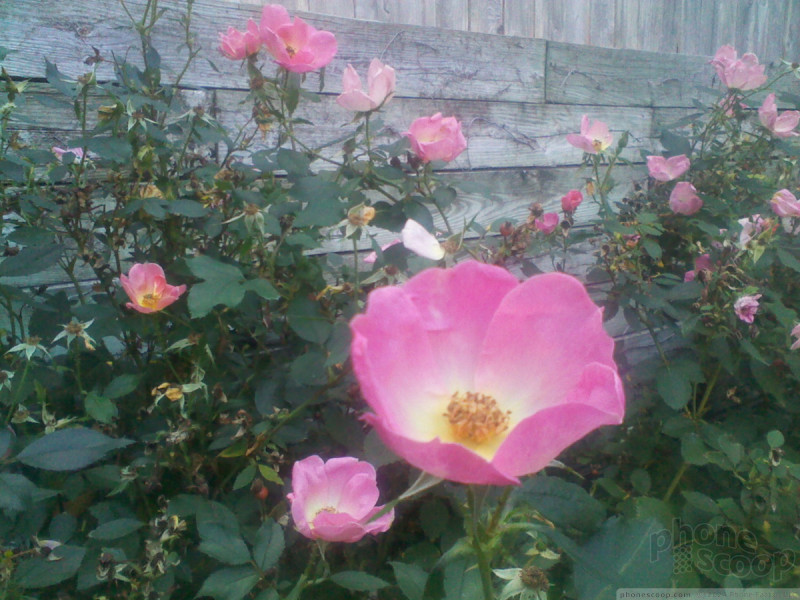








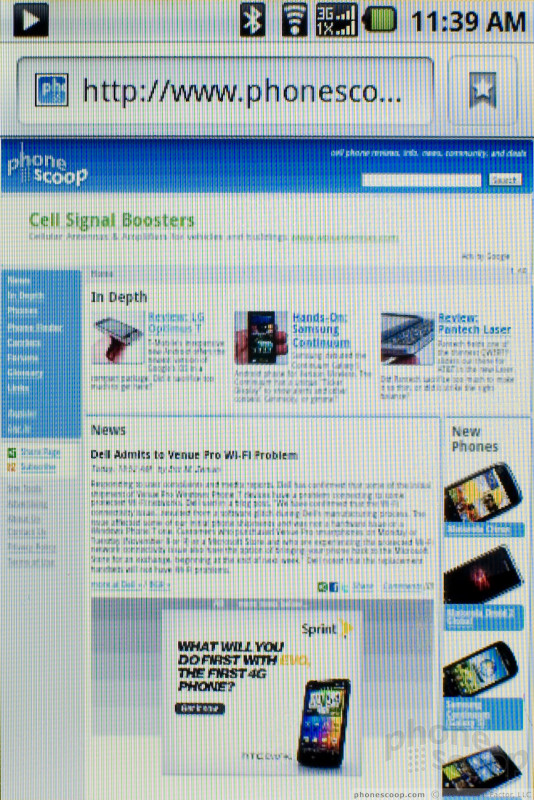


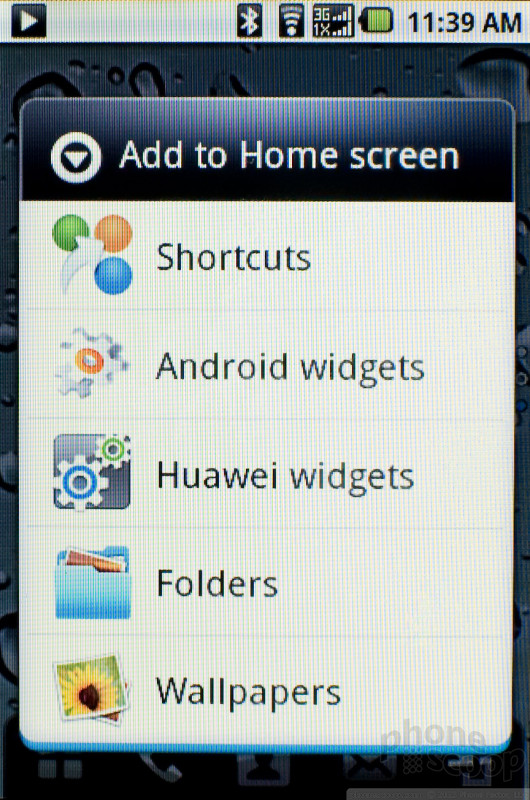


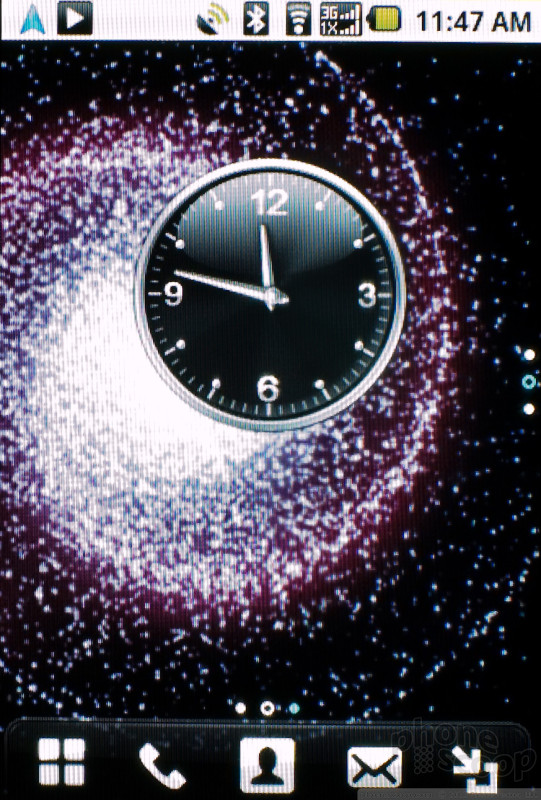


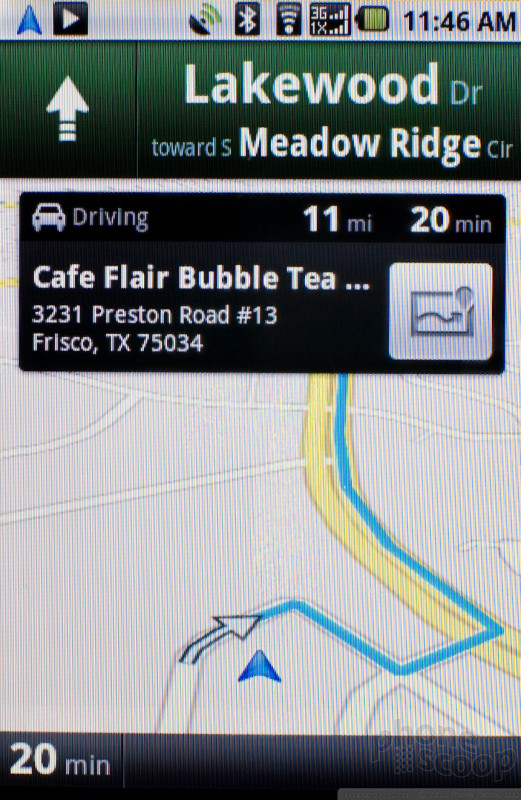



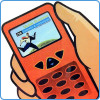 CTIA Fall 2010
CTIA Fall 2010
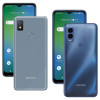 Cricket Doubles Down on White-Label Phones
Cricket Doubles Down on White-Label Phones
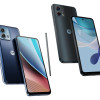 Motorola Updates its Most Affordable Phones
Motorola Updates its Most Affordable Phones
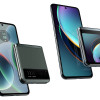 Motorola Gets Serious About Foldables with New RAZR Lineup
Motorola Gets Serious About Foldables with New RAZR Lineup
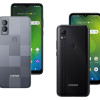 Cricket Launches More Affordable White-Label Phones
Cricket Launches More Affordable White-Label Phones
 Huawei Ascend
Huawei Ascend



